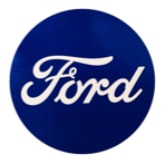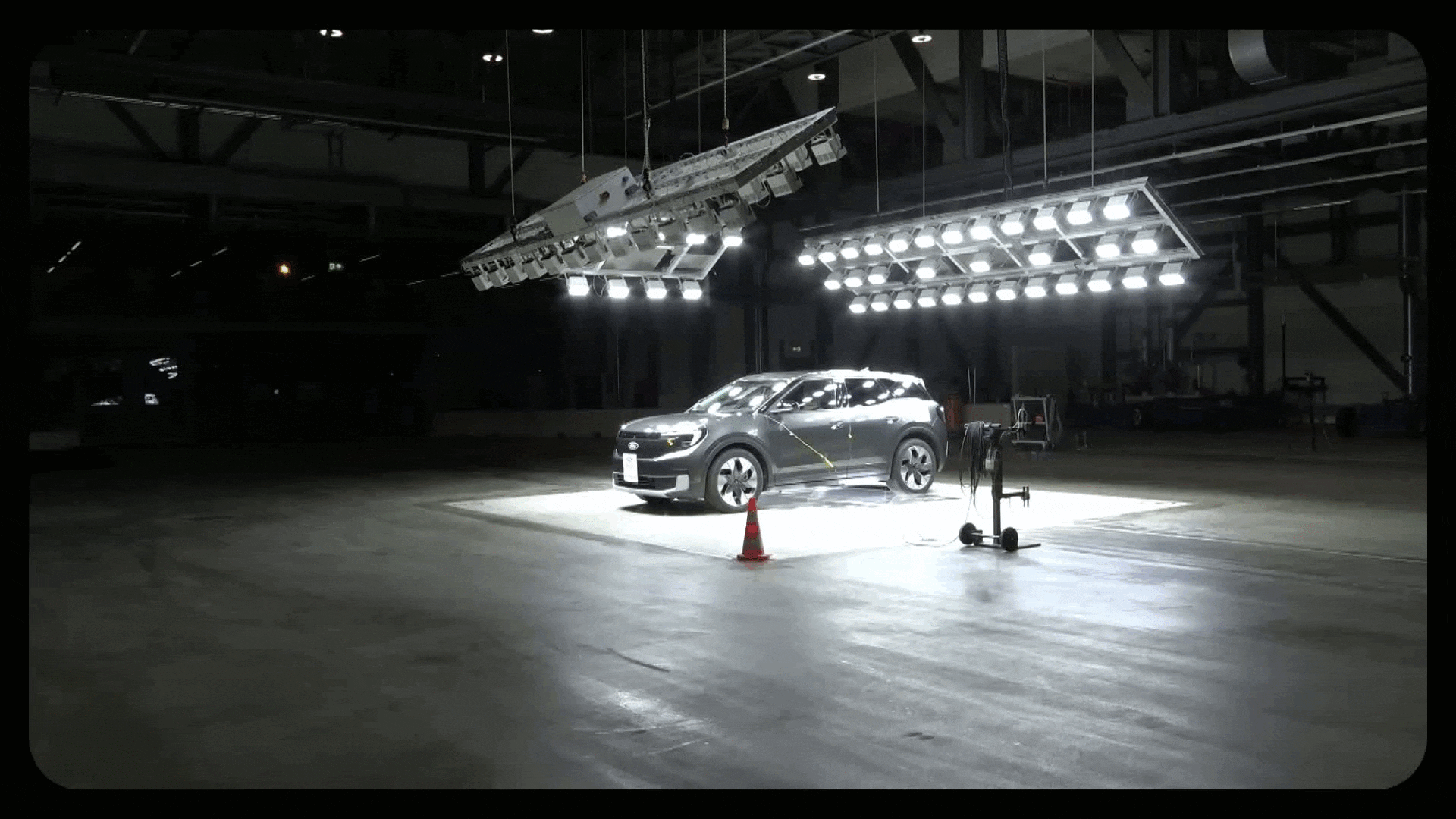
Lexie ‘Limitless’ Alford | The Unforgettable Experience of Exploring Every Country on Earth



Everyone at Ford is passionate about what they do. For some it is striving for ultimate performance from cars like Mustang GTD, 1 and for others creating eye-catching designs that are turned into production models such as the Capri. 2
Many people are unaware of this topic, but for me and my colleagues, delivering the best possible safety performance is what fires our imaginations.
Ford has been responsible for the introduction of safety innovations that have gone on to become standard practice across the industry. As far back as 1927, Ford was the first manufacturer to introduce safety glass on all its vehicles. We were also one of the first manufacturers to introduce anti-lock brakes as standard, on the Scorpio in 1985.
Today we have the benefit of active safety systems, which work to mitigate or even prevent a collision in the first place, alongside passive safety, which offers protection to passengers and other road users.
Airbags might be the first thing you think of when it comes to passive safety systems, and they play a vital role reducing the impact of collisions. While they have been in widespread use since the 1990s, we were experimenting with the technology as far back as the 1970s. Even though they have been around for decades, we’re always looking for creative solutions to make them even more effective.
During the development phase of the electric Ford Explorer, 3 as with all Ford vehicles, the team conducted several crash tests under laboratory conditions. While its performance met or exceeded both the standards required by law and our own targets, we felt it could be improved still further by reducing the amount of lateral movement of the front seat occupants in the event of a side impact.
The team looked at several ideas of how to achieve this, including a more substantial seatbelt – similar to those worn by racing drivers where the belts form the shape of an ‘X’ across the body – but we dismissed this idea as being not practical enough for customers to use.
Looking at the tools we had available, we came to the conclusion that mounting an airbag centrally, between the driver and passenger, would help to reduce the amount of lateral movement in the event of a side impact.
The team considered fitting a bag in the roof above the front seat occupants, but it was impossible to stow an airbag large enough to achieve the result we wanted. After further consideration we realised that making a change to the airbag already in the front seat was the right solution – the centre side airbag as we called it.
By adding a second chamber to the side airbag, there’s an additional barrier between the front seat occupants, and in testing it proved highly effective – so much so that the Explorer received a five-star rating from safety experts Euro NCAP and scored 15.5 points out of a possible 16 for its side impact performance.
It also received specific mention in Euro NCAP’s report, which stated: “The Explorer has a countermeasure to mitigate against occupant-to-occupant injuries in such impacts. In Euro NCAP’s test, this performed well, with good protection of the head of both the driver and passenger.”
But what about the whipped cream? Airbags typically use a pyrotechnic charge to ignite a gas generator, creating the gas to inflate the bag in a matter of milliseconds. While this inflates the airbag fast enough to provide the desired protection for passengers, it also generates unwanted heat.
But now we have a solution. Working with a company that started out creating the gas canisters you would find in a can of whipped cream, we found we could use a cold gas generator using similar technology to provide the airbag inflation at much lower temperatures while still delivering the high performance standard we wanted.
It proves that even a technology that has been around for 50 years can be improved with the right approach.
Christian Giesen is a vehicle safety engineer at Ford in Europe.
1 Officially homologated fuel efficiency and CO2 emissions will be published closer to on-sale date.
2 Up to 627 km driving range based on full charge of Capri RWD extended range. Estimated range using Worldwide Harmonised Light Vehicle Test Procedure (WLTP).
3 Up to 602 km driving range based on full charge of Explorer RWD extended range. Estimated range using Worldwide Harmonised Light Vehicle Test Procedure (WLTP).
The declared WLTP fuel/energy consumptions, CO2-emissions and electric range are determined according to the technical requirements and specifications of the European Regulations (EC) 715/2007 and (EU) 2017/1151 as last amended. The applied standard test procedures enable comparison between different vehicle types and different manufacturers.